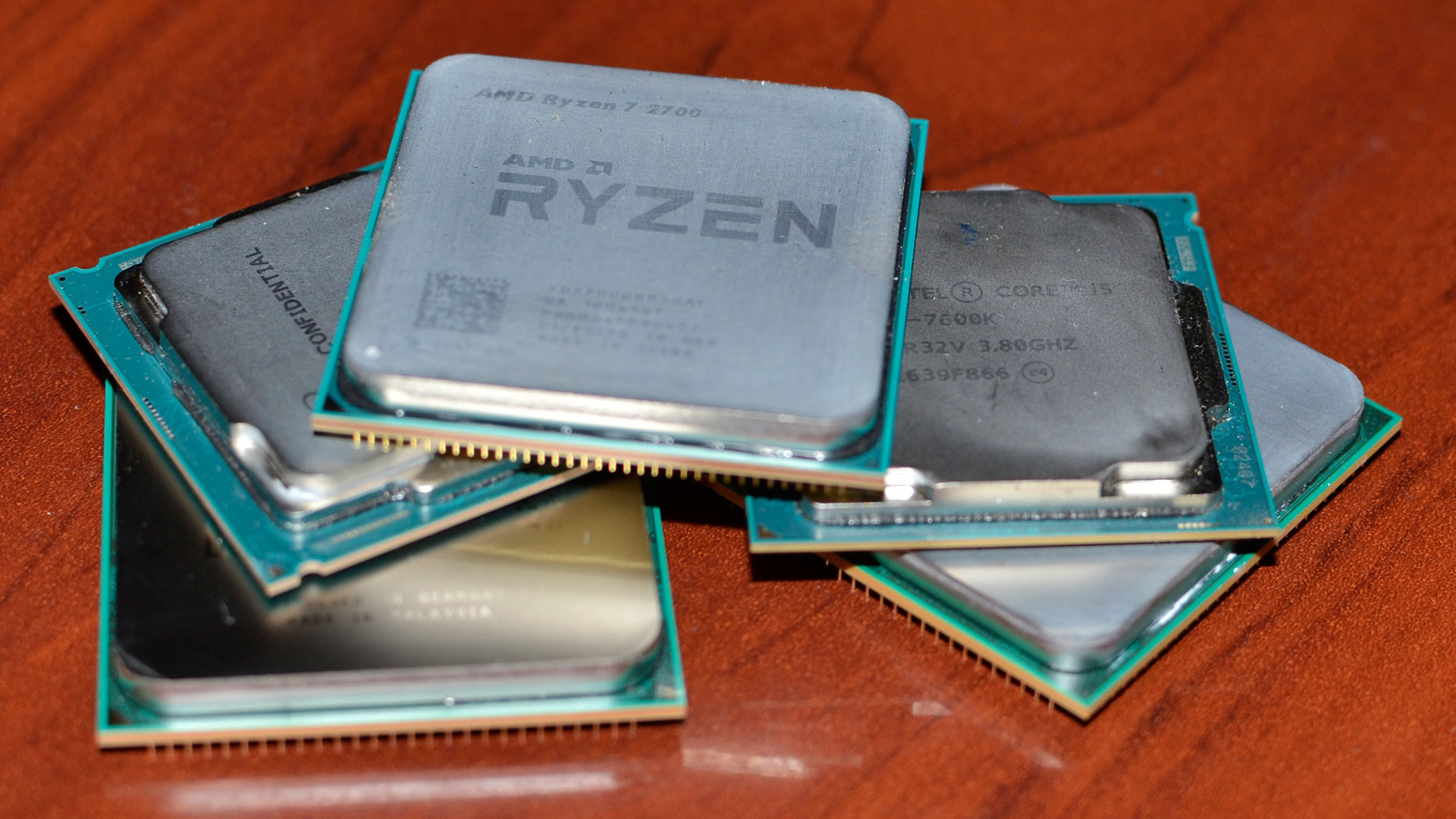
The future is looking brighter. Slightly.
For various reasons, it’s been a pretty bleak couple of years for the PC market overall. The pandemic and worker furloughs (particularly in China), a weak global economy, component shortages and high selling prices have all combined to create something of a perfect storm. But the latest analysis from John Peddie Research shows a glimmer of hope. There are signs suggesting the worst of the PC market downturn is behind us, at least on the CPU side of things.
According to JPR, global client CPU shipments totaled 53.6 million units in the second quarter of 2023, which is an increase of 17% from the previous quarter. That’s the good news. The not so good news is that year-on-year shipments are down by 23% for desktops and 25% for notebooks, though given the quarterly number, those results could have been a lot worse.
(Image credit: Jon Peddie Research)
When broken down by vendor, Intel is the winner of the quarter, with an increase of 23% in market share, while AMD dropped by 5.3%. That can surely be attributed to the wider availability of notebooks with Intel 13th Gen CPUs and affordable 13th Gen desktop CPUs. AMD doesn’t yet have affordable Ryzen 7000 series desktop CPUs, though notebook Zen 4 chips are trickling into the market.
Looking at the desktop versus notebook results, Notebooks are responsible for 72% of total CPU shipments, with desktops taking the remaining 28%.
This uptick in second quarter shipments bodes well for the rest of the year and hopefully for 2024. There are some major new CPU releases coming, plus there’s the Black Friday sales and holiday season to come, making further recovery in the CPU market much more likely.
In terms of CPU releases, Intel’s Raptor Lake refresh will be a driver of desktop CPU sales. Depending on Intel’s release schedule, sales of first wave high end models will surely be small, before more affordable chips are released later. It’ll also take time for affordable notebook models to come to market.
(Image credit: Future)
Best CPU for gaming: The top chips from Intel and AMD.
Best gaming motherboard: The right boards.
Best graphics card: Your perfect pixel-pusher awaits.
Best SSD for gaming: Get into the game ahead of the rest.
We’ll need to wait and see just how competitive Intel’s Meteor Lake family will be. It’s sure to boost performance, but things like platform features, battery life and affordability will also contribute to Meteor Lake’s overall success in the notebook market, and whether it will compel users to upgrade.
On the AMD desktop side, barring some as yet unreleased Ryzen 3 models, it’s hard to see AMD gaining market share in the short term.
Things are looking better for AMD on the mobile side of the market. Its Phoenix and Dragon Range APUs are very competitive, though they weren’t widely available in the first half of the year. If the OEMs give them the attention they deserve, then an increase in AMD-based notebook sales is certain.
So, with an uptick in second quarter CPU shipments, with major sales events and CPU releases to come, there really is light at the end of the tunnel for the overall PC market. The GPU market on the other hand… Well, there’s some work to do there.




